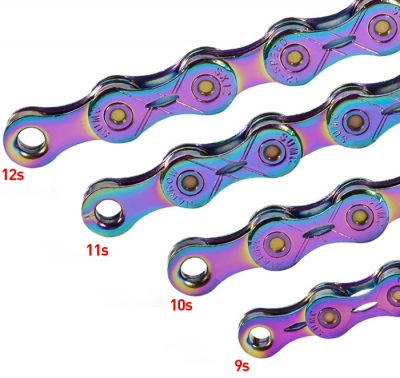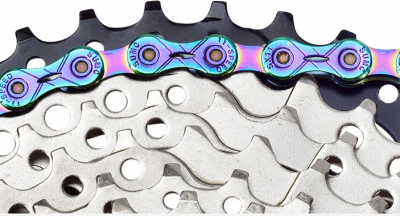How to choose a bicycle chain?
1. The size of the chain:
There are three common chain size specifications: 1/2″ 1/8″; 1/2″ 3/32″; 1/2″ 11/128″, which are represented by two values. The first value means that each chain The length of a section is generally 1/2″ for common bicycles.
The second value is the width of the chain. The 1/8″ chain is the widest and can be used on thicker chainrings. The 11/128″ chain is the narrowest and can only be used on thin chainrings. It is especially important here. Note that the 1/8″ chain is universal, that is, it can be used on other thin chainrings, but the 11/128″ chain must not be used on thick chainrings. Many exquisitely crafted chainrings will be marked on it. The width of the chain is required.
2. The speed change performance of the chain:
For a variable-speed car, it is the speed to choose, such as the common 7-speed, 8-speed, 9-speed, 10-speed, etc. (here refers to the number of the rear wheel chainring, the selection of the chain generally does not consider the front gear), the speed of the chain The higher the level, the greater the twist angle of the chain is required. That is to say, when the chain is working at the highest and lowest speed of the rear pulley, the front and rear chainrings are not in a straight line, and the chain is working in a twisted state. This requires Each joint of the chain can have enough clearance to cope with this twist.
High-speed chains can be used at low speeds, but low-speed chains cannot be used at high speeds. For example, 8-speed chains can be used on 7-speed tower wheels. If 7-speed chains are used on 8-speed cars, due to the twist angle of 7-speed chains When the gear is adjusted to the highest and lowest speed, the twisting angle exceeds the bearing capacity of the chain. This forced work will cause great damage to the chain and chainring, or even break the chain.
3. The length of the chain:
The length of the chain is expressed by knots. There are calculation methods and empirical methods for selecting chain length. Here is a brief introduction to the empirical method.
1). The chain is not on the transmission, and the chain surrounds the front and rear plates, adding two sections to this length.
2). The chain is attached to the transmission, and the rear transmission arm is parallel to the ground when the front is small and the rear is small.
3). The chain is hung on the transmission. In the case of small to small, the chain does not droop significantly.
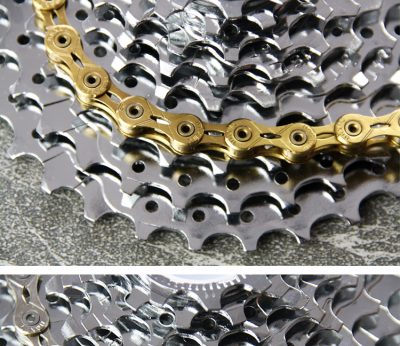
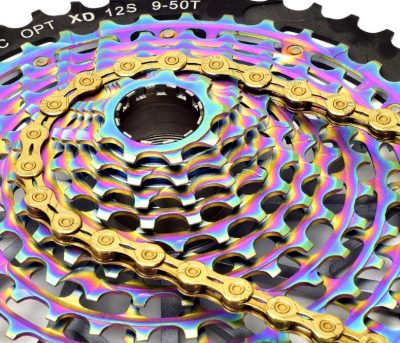
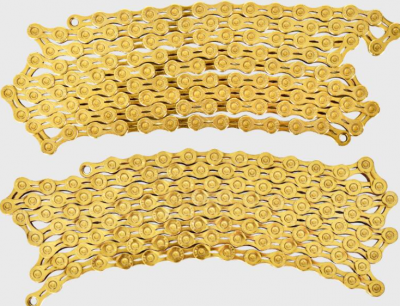
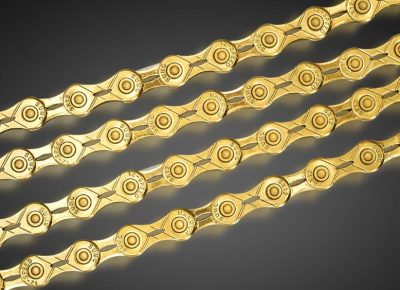
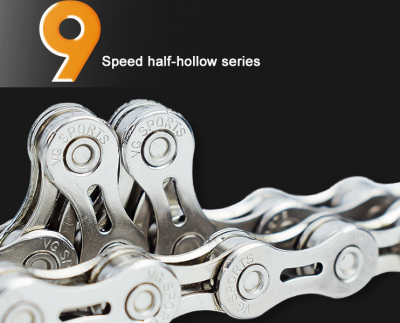
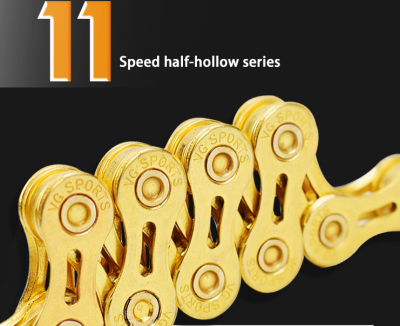
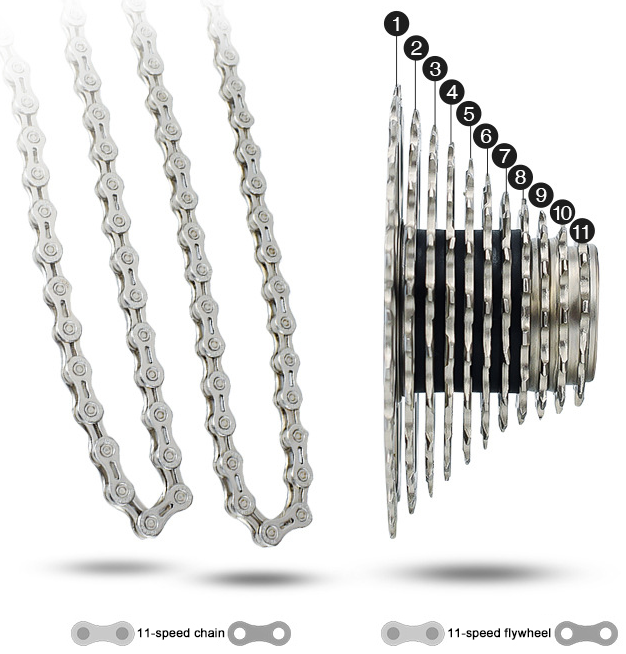
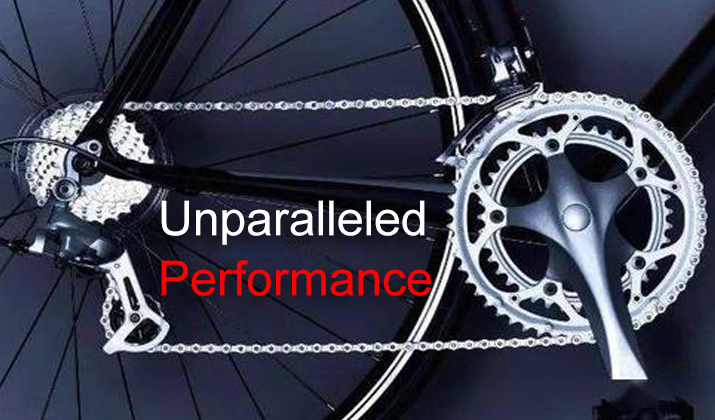
How to install a bicycle chain?
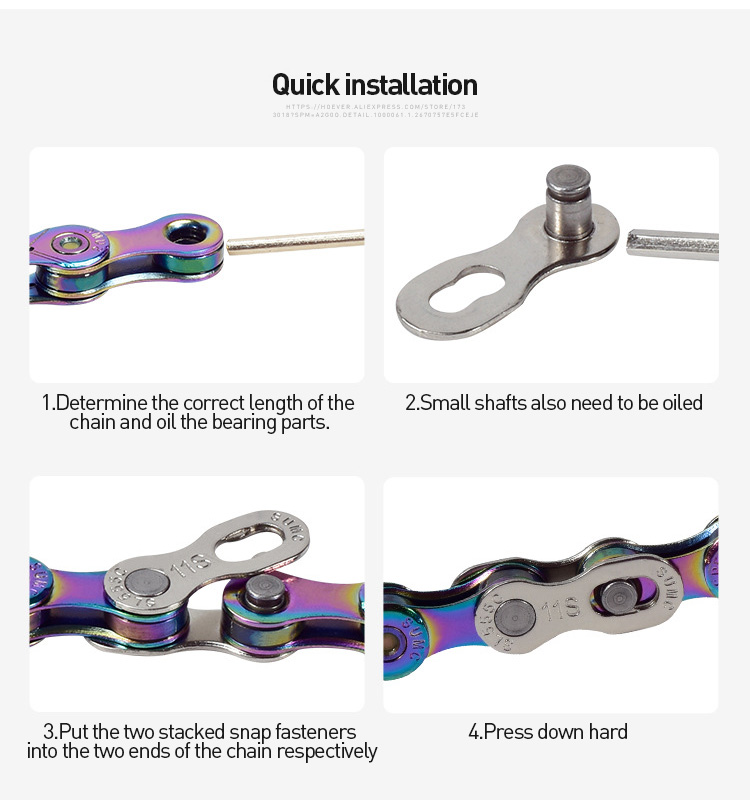
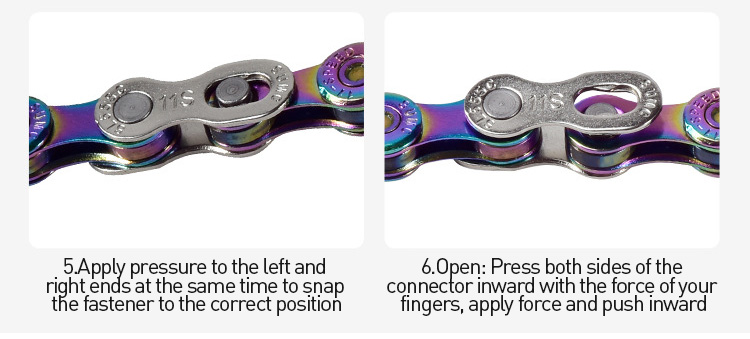
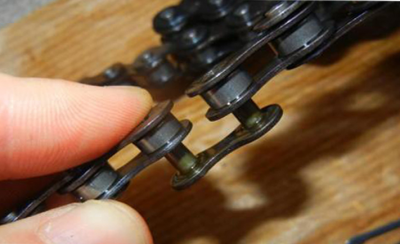
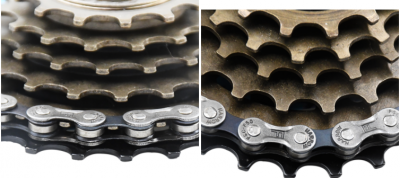
Various bicycle chains for your choice
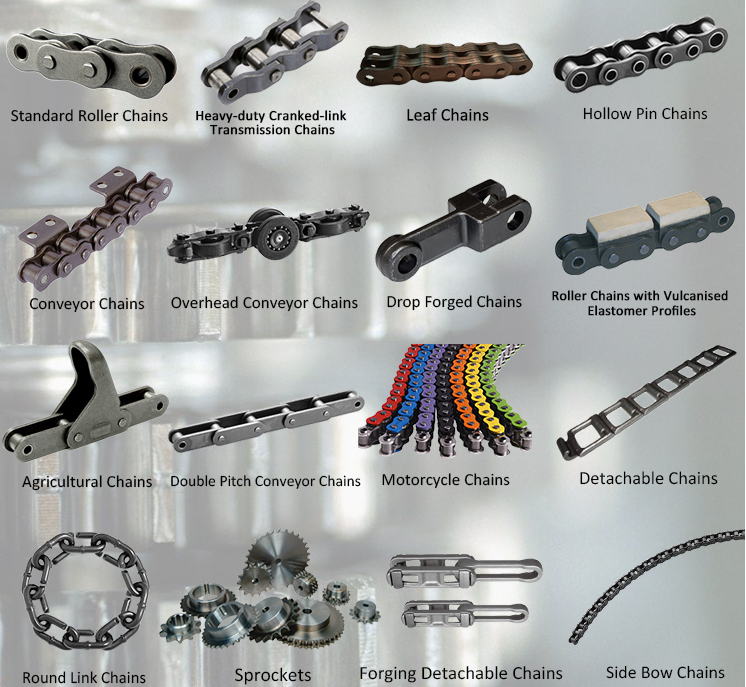
Colorful-unopened Colorful-openwork
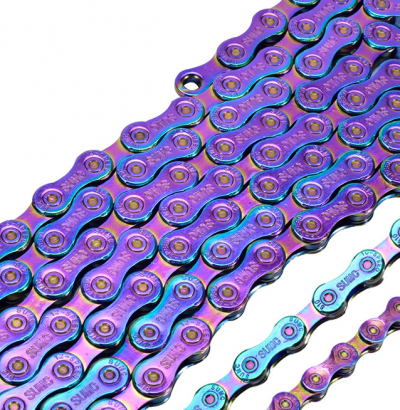
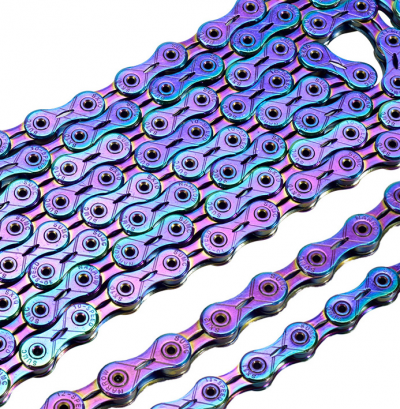
Colorful-semi-openwork
